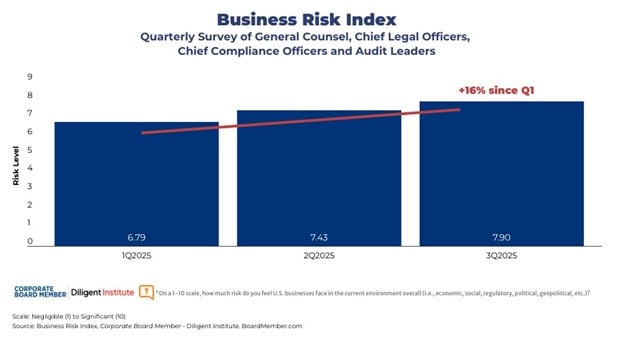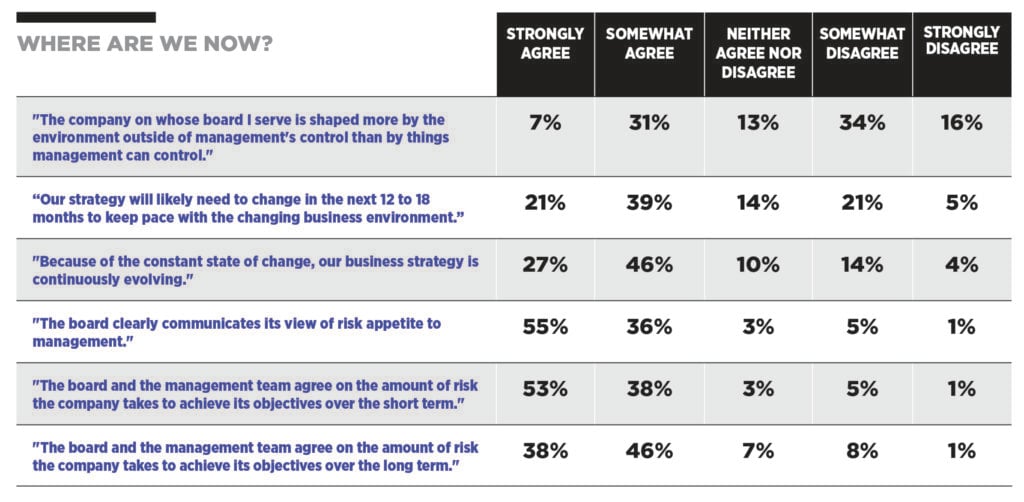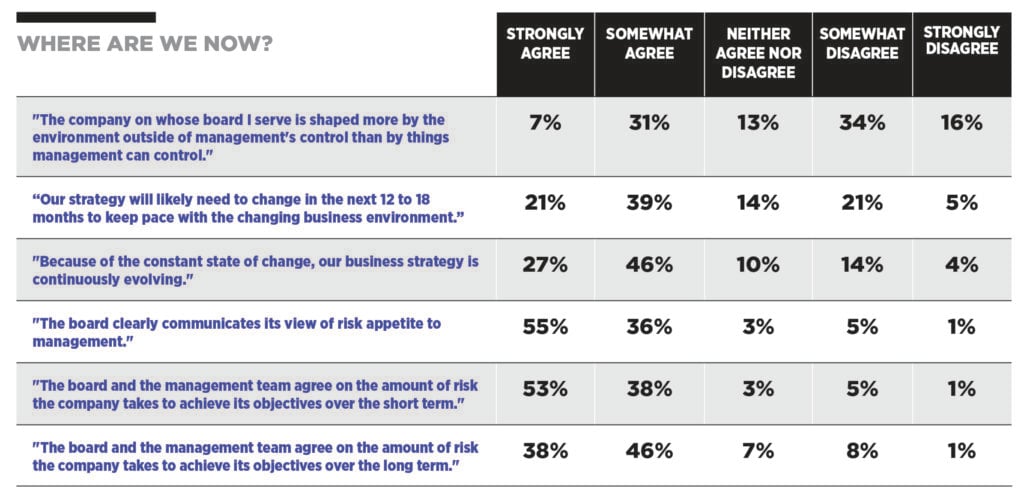The recent surge in CEO turnover has contributed to a new trend: corporate boards installing an interim CEO before selecting a permanent leader. According to a study by outplacement firm Challenger, Gray & Christmas, one-third of new CEOs in the first half of 2025 were interim CEOs. Additionally, the study noted that 18 percent of all new U.S. CEOs selected in 2025 wound up as interim CEOs, a significant increase over the 7 percent selected in 2024.
There are many reasons why the use of interim CEOs is on the rise. “The seeming reliance on interim leadership is a real change from previous years, including during the pandemic,” writes Andrew Challenger, SVP and labor expert for Challenger, Gray & Christmas. “While interim roles may offer flexibility or help bridge periods of uncertainty, they can also make it difficult to build team cohesion and execute long-term strategy. It may indicate that companies are reacting to turnover rather than proactively planning for it.”
Perhaps more than in recent years, corporate board members must determine how to prepare for the possibility of having to replace their company’s CEO unexpectedly. For the most part, boards are preparing for the reality that their CEO could:
- retire gracefully or reach the company’s mandatory retirement age
- be pressured to resign or be removed due to poor performance
- be asked to step down by activist investors, or the board
- be forced to step down due to personal scandal or illegal activities
- be forced to step down due to poor response to a business crisis
- move on to accept another opportunity
- fall victim to illness or death during their tenure
- leave their post with no reason given
However, every board’s succession planning process is different, and not all boards have a single candidate in mind to immediately take over no matter what the circumstance may be. That’s why it might make sense to identify candidates who might serve as an “interim CEO” in your succession planning process. Appointing an interim CEO might be an appropriate “temporary fix” to allow time to fully vet those qualified candidates that the board has already identified. The “interim” title can also give the board a way to judge whether a potential CEO is truly effective before handing them the job. Some recommendations:
Designate a director to serve as interim CEO. In many cases, the board chair is chosen to become an interim CEO while the board conducts a search for a long-term solution. However, there may be other board members with CEO experience who might be a better fit to run the company in an interim role—or even a permanent role, as was the case with Sonos earlier this year. Longtime board member Tom Conrad was initially appointed interim CEO when Patrick Spence resigned; he then officially took the top spot in July. Boards should consider surveying the level of experience and willingness of current board members to take over as an interim CEO before looking outside the company.
Approach retired CEOs with industry experience to serve in an interim role. A retired CEO with a record of achievement who has served in your company’s industry might make a perfect candidate for an interim CEO role. Reach out to individuals with this type of background and determine their willingness to discuss such a role well in advance of any CEO change. Retired CEOs who have served in other industries could also make good interim candidates if they have displayed the ability to handle crisis situations, have executed corporate turnarounds or have served as an interim CEO before.
Engage large shareholders regarding interim CEO candidates. To strengthen relationships and trust with shareholders, consider soliciting their suggestions on potential interim CEO candidates. Many boards will seek the approval of their largest shareholders before appointing a new CEO, so engaging shareholders about potential interim candidates might make sense. This way the board can gain insight into what type of candidate shareholders might support before the need to appoint a long-term candidate is necessary.








